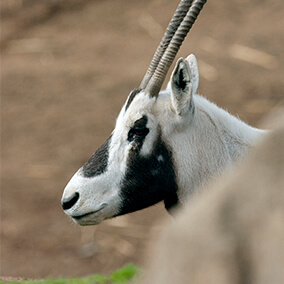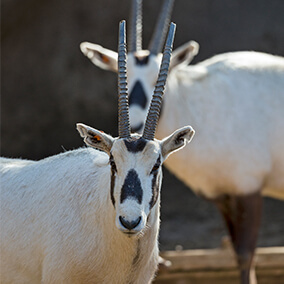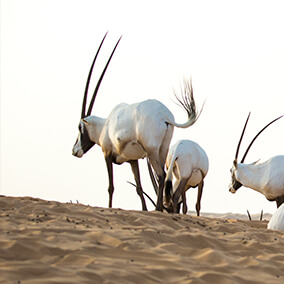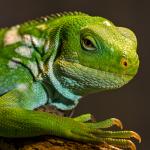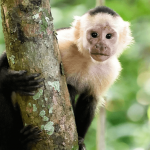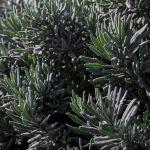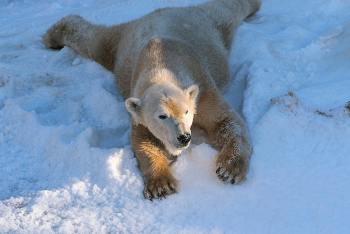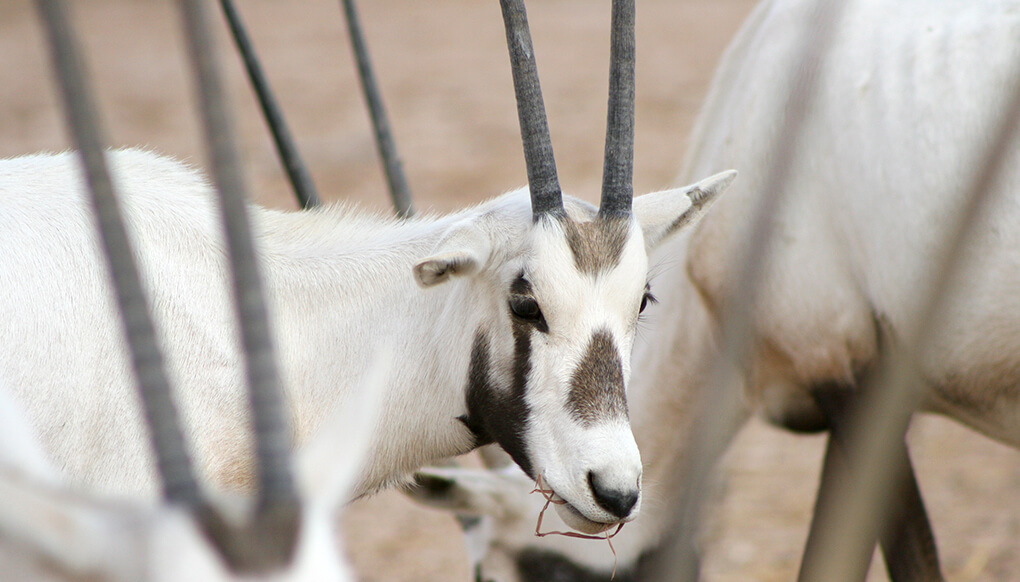
Arabian oryx

Mammals


Some Threatened
facts


Arabian oryx eat grasses and roots, as well as roots and tubers. They can go a long time without drinking water.

description

Hot, hot, hot
Also called the white oryx, this species of oryx is the best adapted for life in desert extremes. When it is hot, their white color reflects the desert heat and sunlight. On cold winter mornings, body heat is trapped in their thick undercoats in order and keeps them warm. In the winter their legs darken so they can absorb more heat from the sun. The circulation system in their head helps cool their blood, and that is another helpful adaptation for desert living.
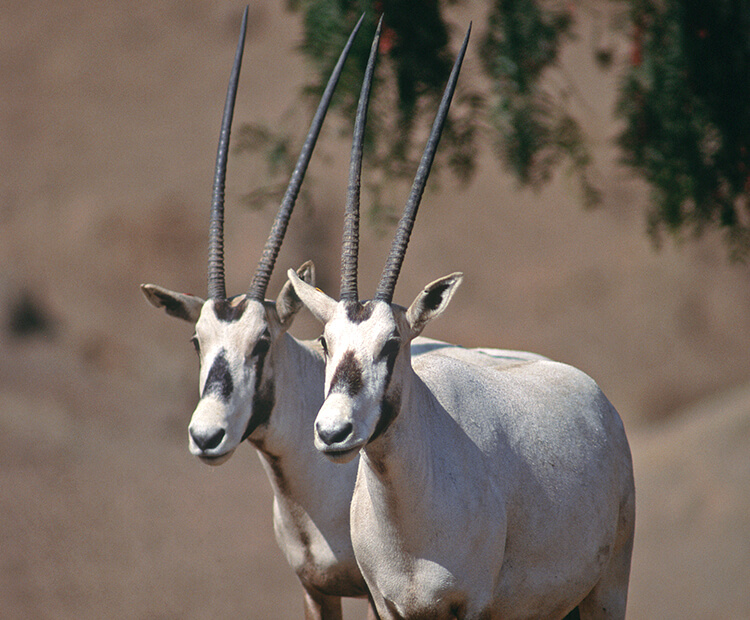
Use your horns
Both male and female Arabian oryx have long, straight or slightly curved horns on their heads. These horns can reach 30 inches in length!
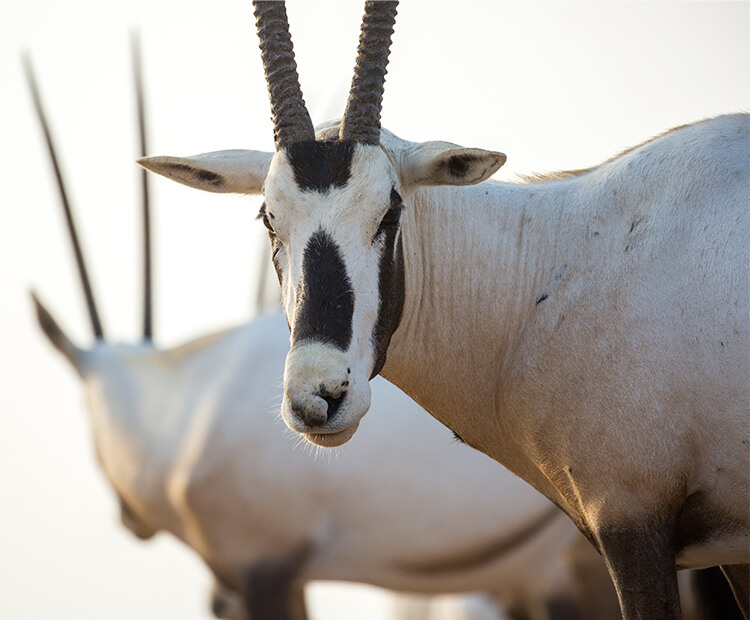
Can you see me now?
The Arabian oryx’s light coat also helps them avoid predators. Their skin has no glare or reflection, so it is hard to see them from far away.
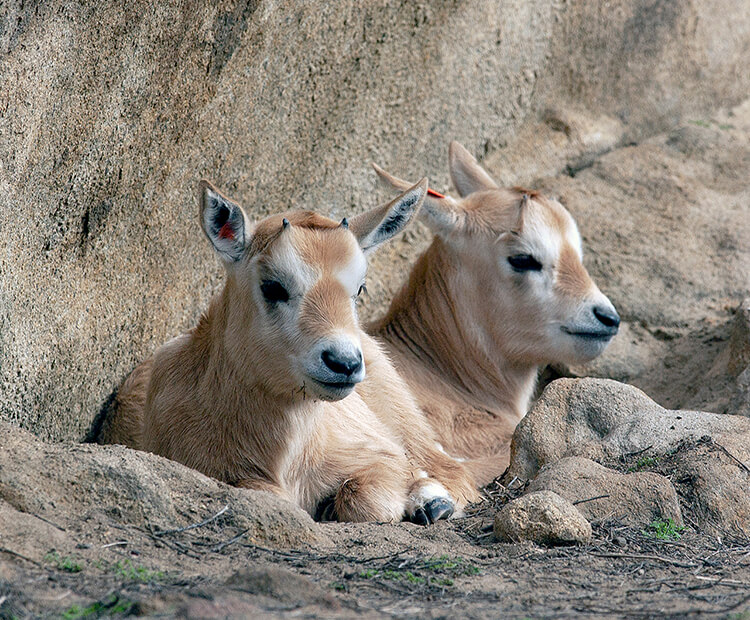
Laying low
Because of their hot climate, Arabian oryx are most active during early mornings and late in the evenings. During the day when it is the hottest, oryx dig shallow ditches in the ground with their front hooves, so they can lie in cooler sand. This also protects them from strong desert winds.
The Arabian oryx was considered extinct in the wild in 1972. Almost 10 years later, there were enough Arabian oryx bred in zoos that the species could be reintroduced back to Oman on the Arabian Peninsula. The animals that were reintroduced came from the San Diego Wild Animal Park (now called the San Diego Zoo Safari Park)!


